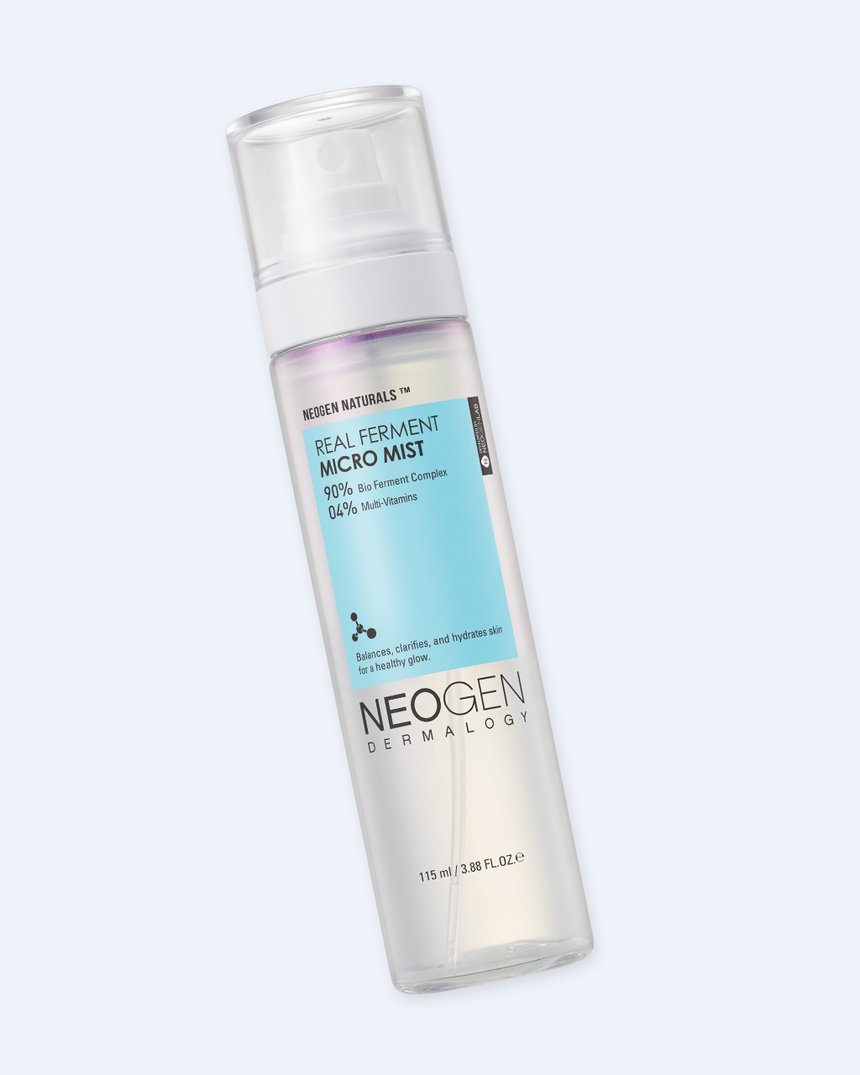Congestion be gone.
We’ve all probably dealt with acne at some point. You may have even tried acne specific treatments that dried out your skin, irritated it, and seemingly made it worse.
You may even be wondering if there are gentler, effective, and possibly even natural alternatives to the old acne standbys.
Before we dig into all of our internal acne monologues, let’s understand what can and can’t be called an acne treatment in the US.

The US FDA considers acne treatments as drugs, and only those containing a minimum amount of salicylic acid, benzoyl peroxide, resorcinol, and sulfur can label themselves as acne treatments. The rest have to use terms like “for impure skin” or “for blemishes”. They can’t even refer to “acne blemishes,” “blackheads,” or “whiteheads” unless it has one of the approved ingredients in it!
But that isn’t to say that only salicylic acid, benzoyl peroxide, and others on the US FDA list are the only things that work for acne.
Niacinamide and tea tree oil are two ingredients that are naturally occurring and commonly used by people to treat acne. And the science does back it up!
Tea tree oil, thanks to a high content of a family of chemicals called terpenes, functions as an anti-microbial. And it’s been shown to be effective against some of the strains of bacteria that are thought to make acne worse. Compared to the standby benzoyl peroxide, 5% tea tree oil did just as well as 5% benzoyl peroxide. The people using benzoyl peroxide saw results faster – but they were also more prone to irritation.
Niacinamide is a powerhouse of an ingredient and a form of the B vitamin niacin. It has anti-inflammatory, skin brightening, and moisturizing properties. The anti-inflammatory effect is key to its usefulness in treating acne. It helps reduce the swelling and redness that occur when a clogged pore becomes inflamed. The benefits from niacinamide take about 4 to 8 weeks to become fully apparent, so be patient!
Lastly, salicylic acid. It’s a naturally occurring chemical and on the US FDA approved list! Salicylic acid is an exfoliant, anti-microbial, and also an anti-inflammatory. This makes it super useful in treating acne. Many acne treatments with salicylic acid have other ingredients that can make it really irritating, so you might want to try looking for a product with simpler ingredients–or limiting use to once a day, or once every two days. To be 100% honest most salicylic acid that we use is synthetic, it’s the exact molecule that’s found in nature, but produced more cheaply and at higher purity in a lab. There are brands that include naturally occurring salicylates, but they’re not the same chemical–and less effective.
So whether you decide to go with an approved acne treatment, or a naturally occurring alternative like niacinamide or tea tree oil, I think there’s two important things to keep in mind when treating your acne.
First is that acne is partly an inflammatory condition, so you want to keep irritation to a minimum! If it stings or your skin becomes really red, you’re probably making the situation worse and not better. Give your skin a few days to heal before continuing with your treatment.
The other thing to keep in mind is that acne starts as a pore blockage, invisible to the naked eye. That means there are clogged pores on your skin that could turn into inflammatory acne that you can’t even see yet. That’s why it’s super important to stick to a regime for at least 4 weeks, to see if it’s working you. I know it’s a long time, but patience really is key when it comes to skincare! There are often no quick fixes, and especially anything with long term effects.

















